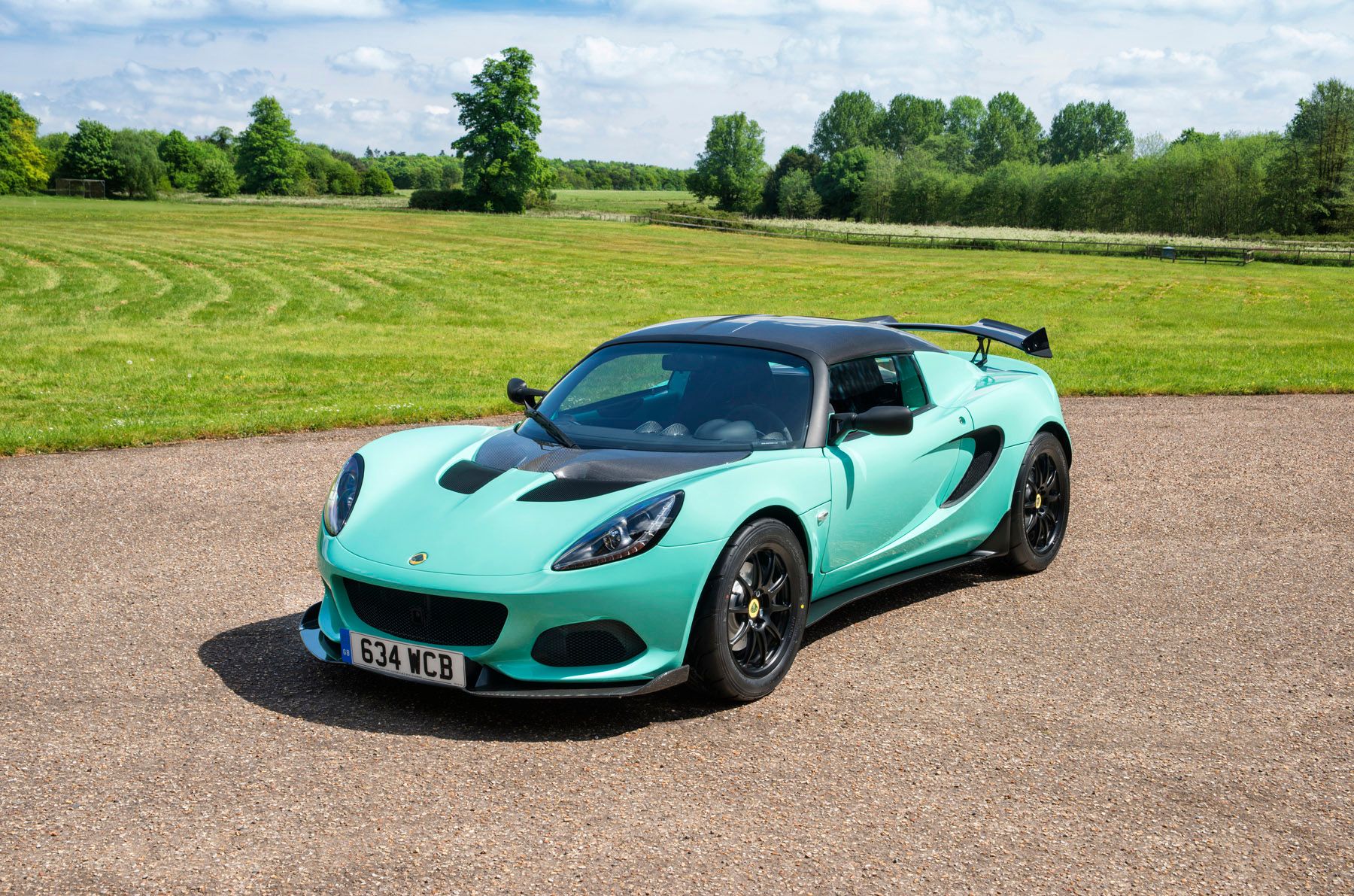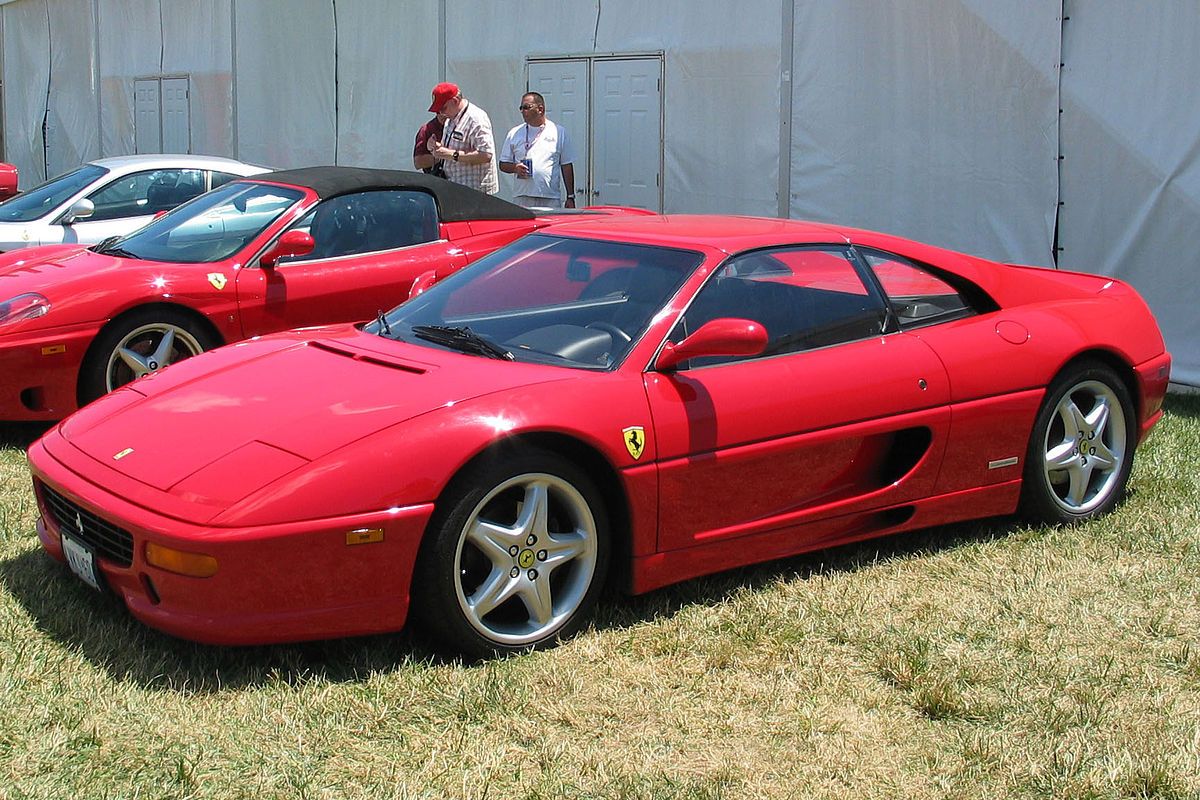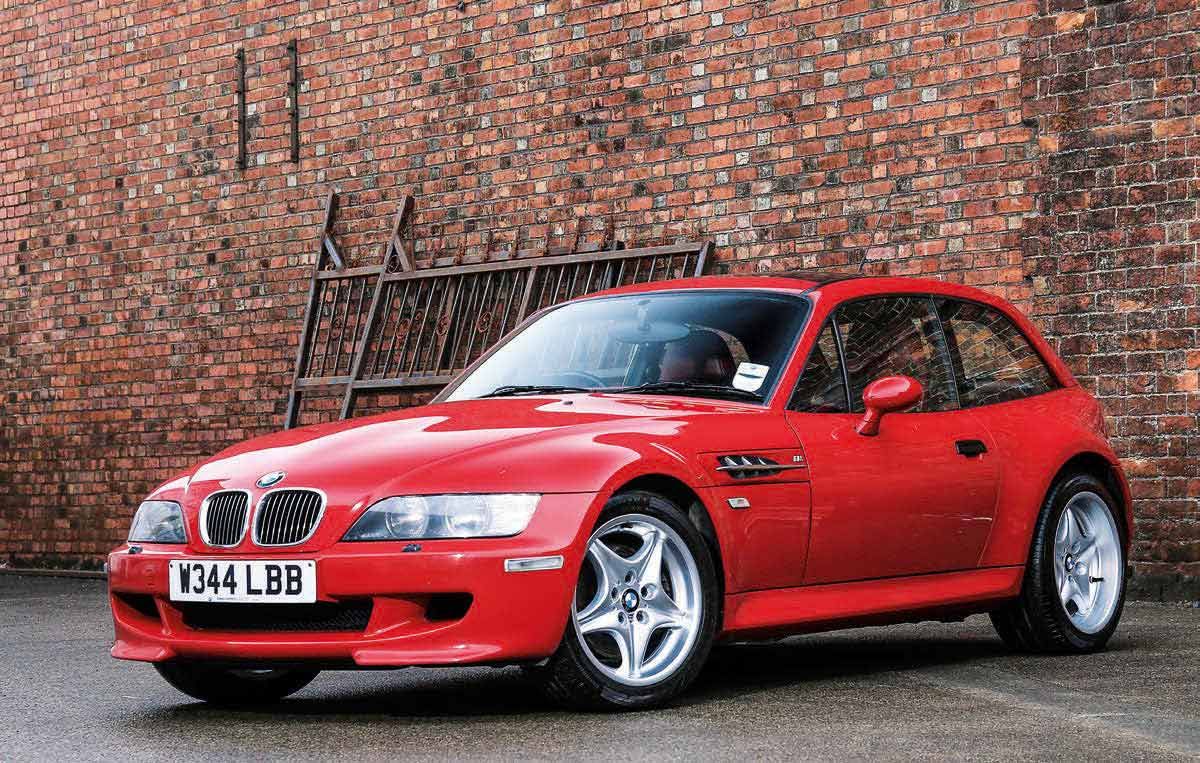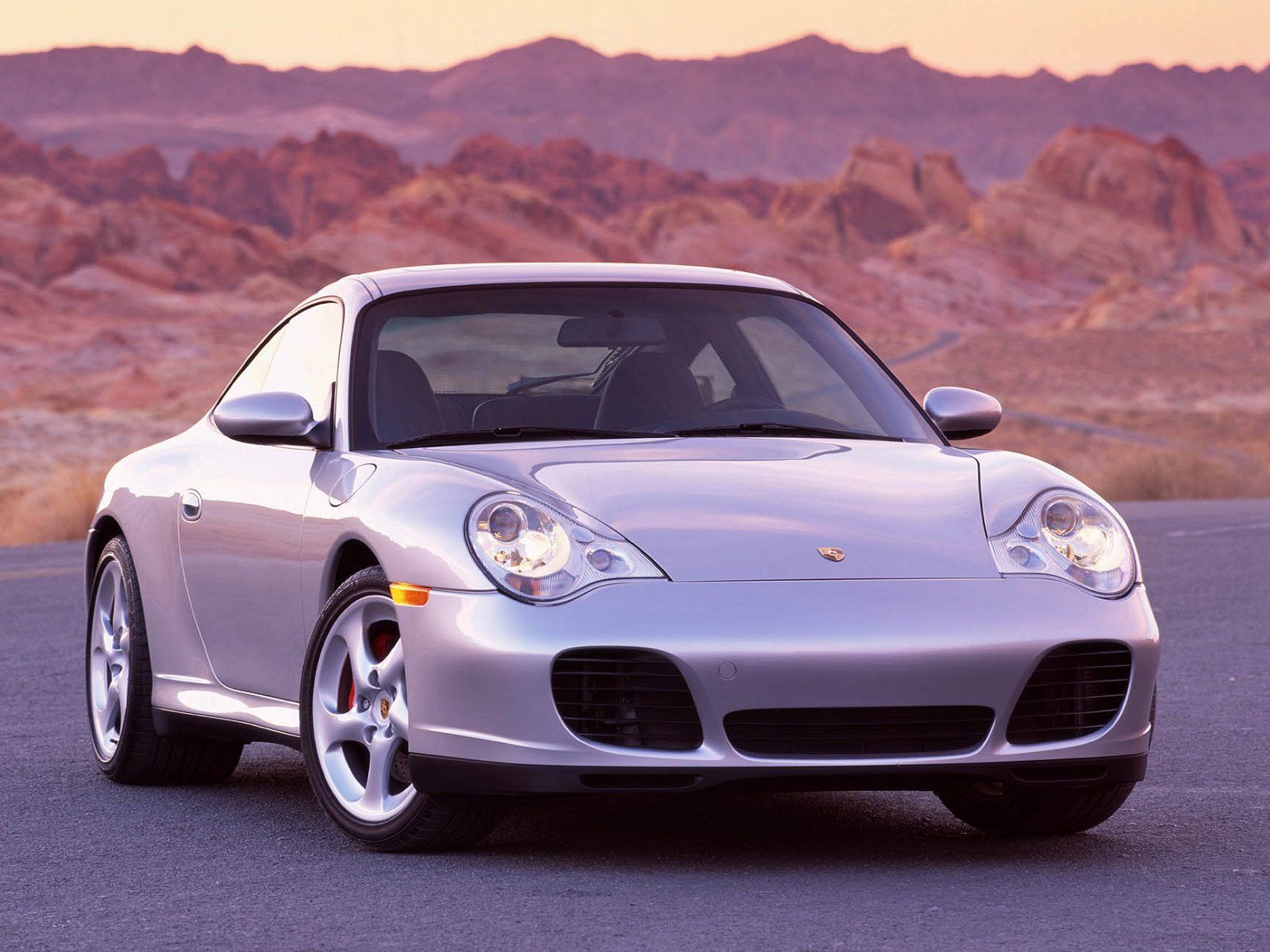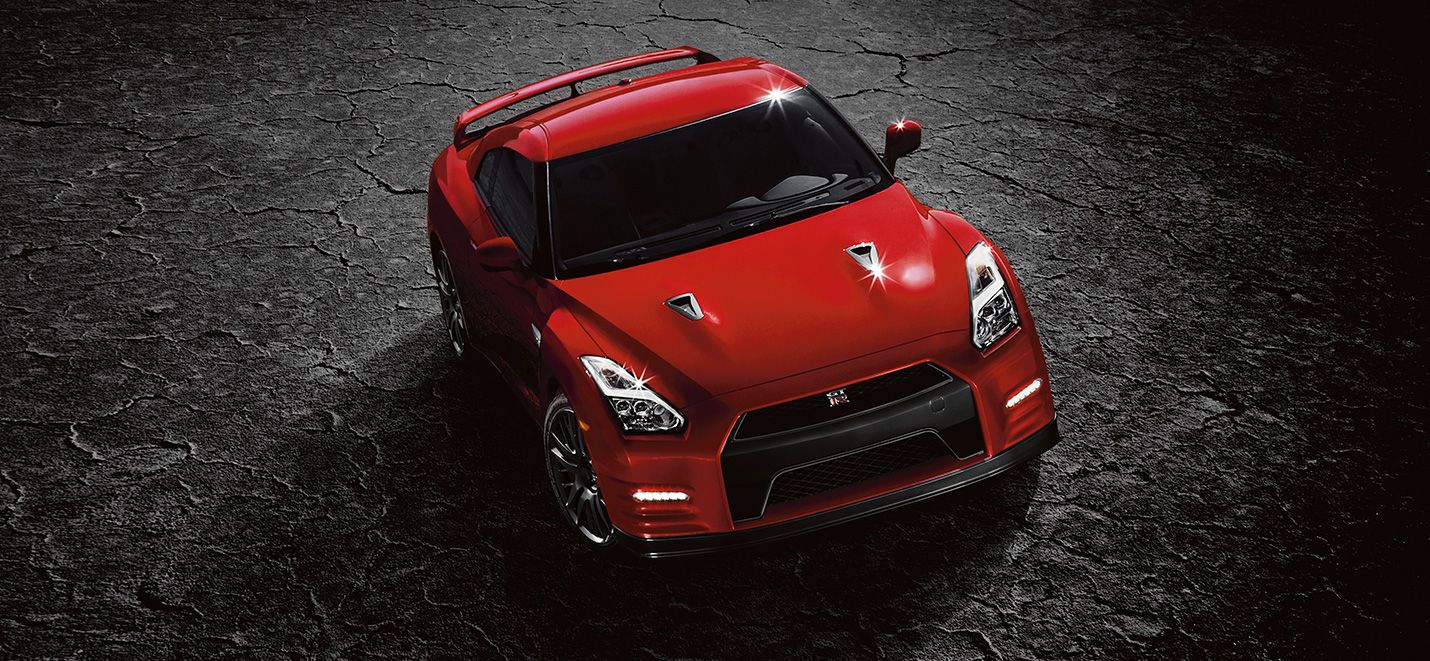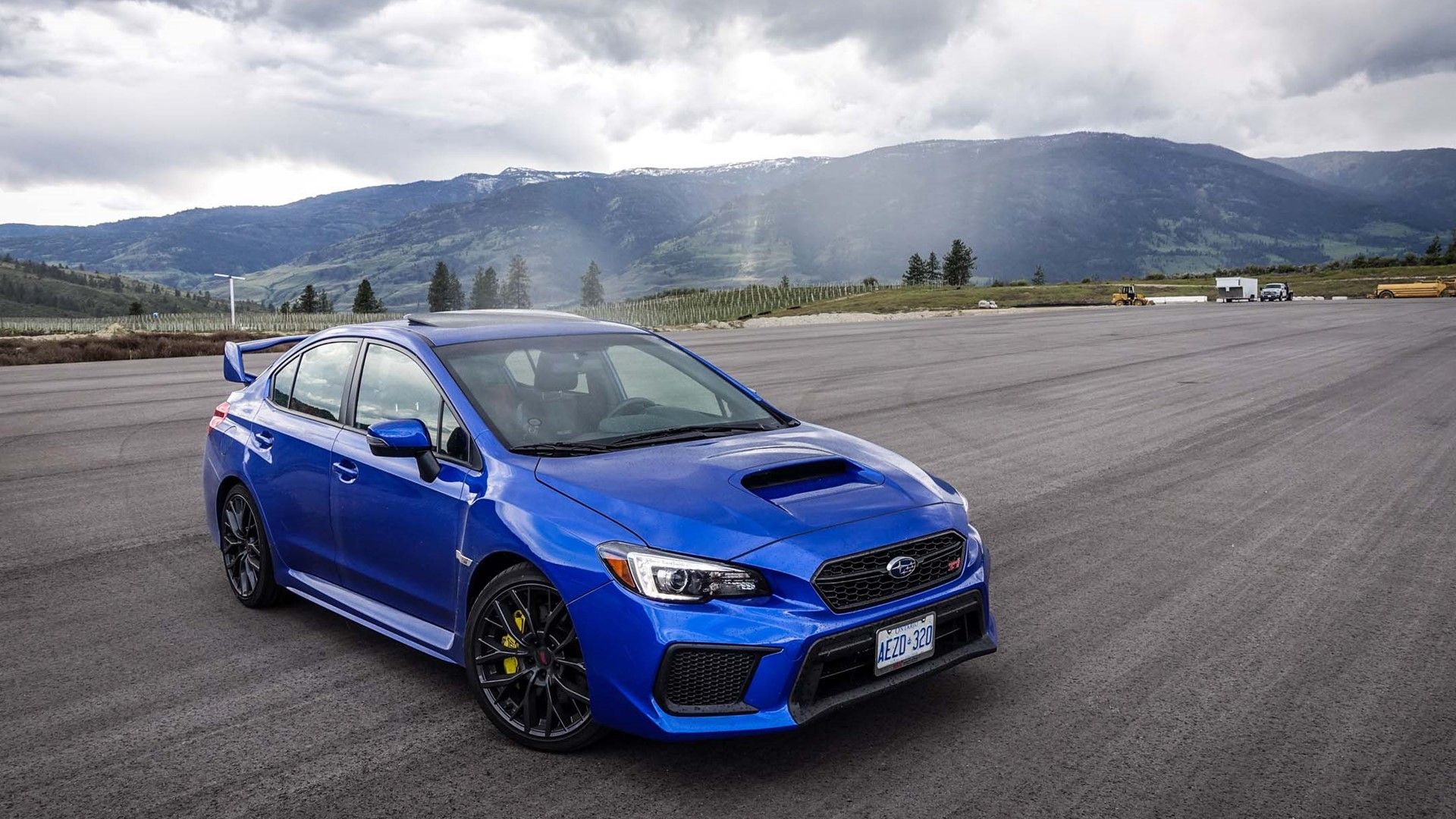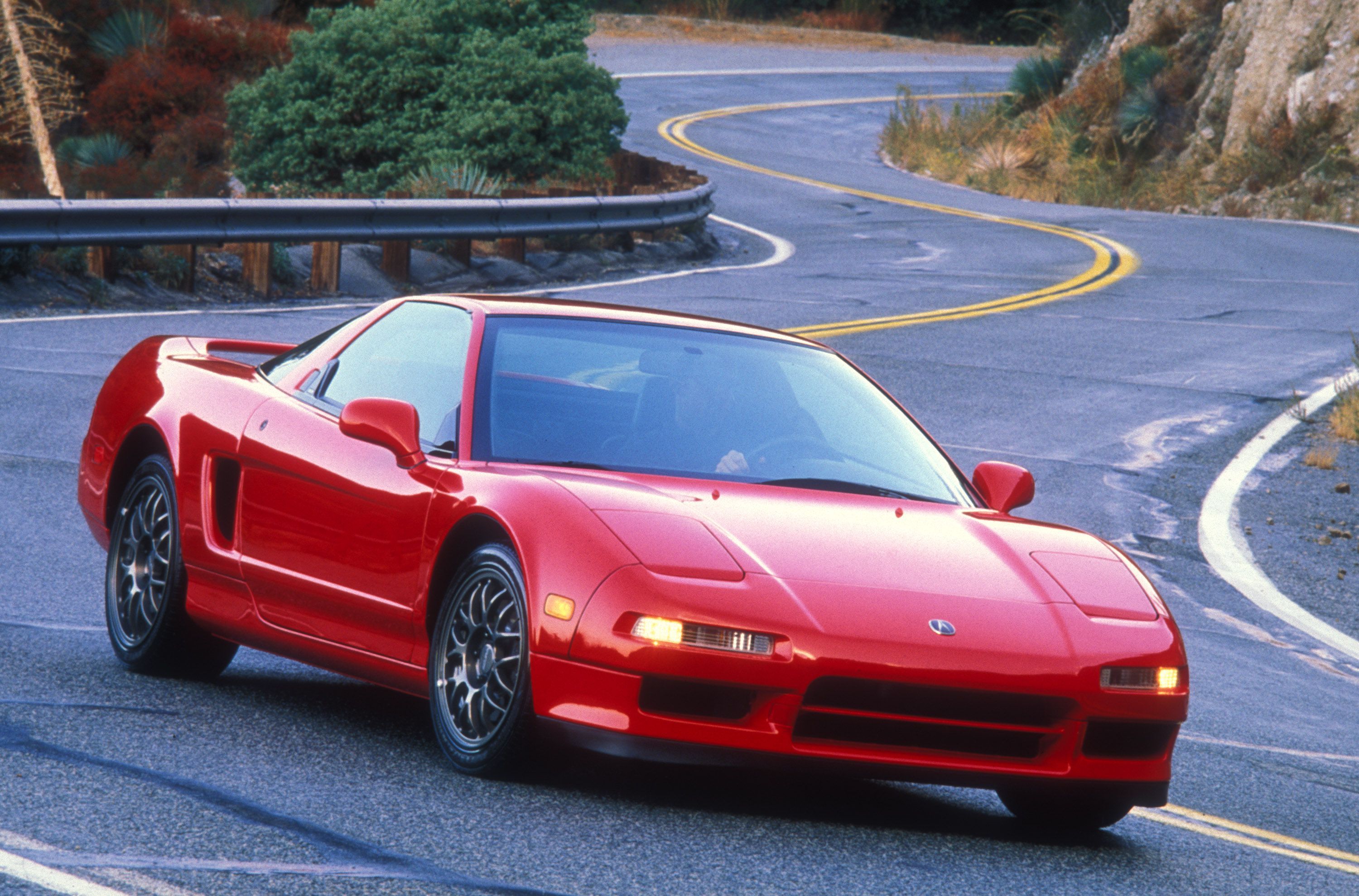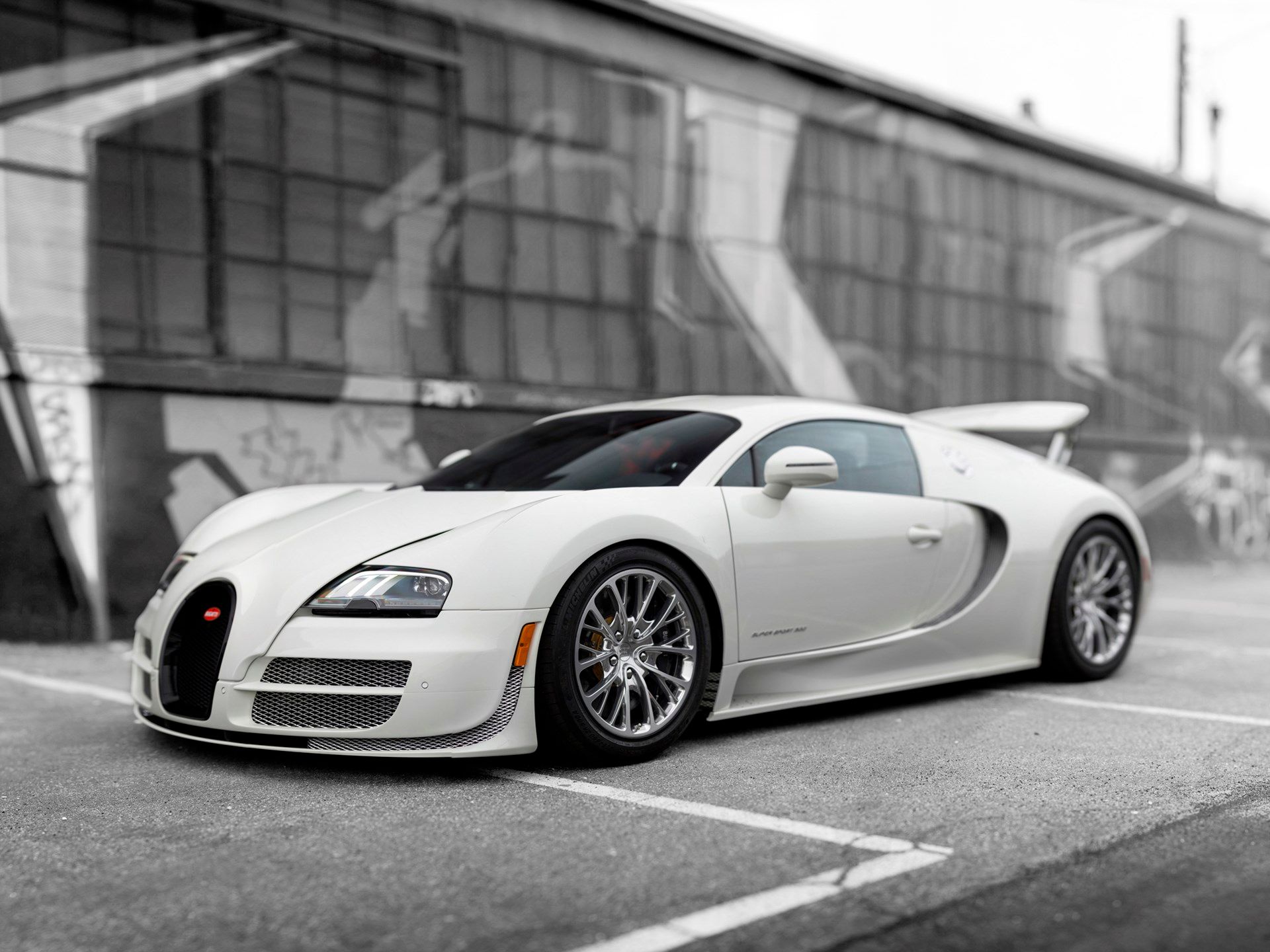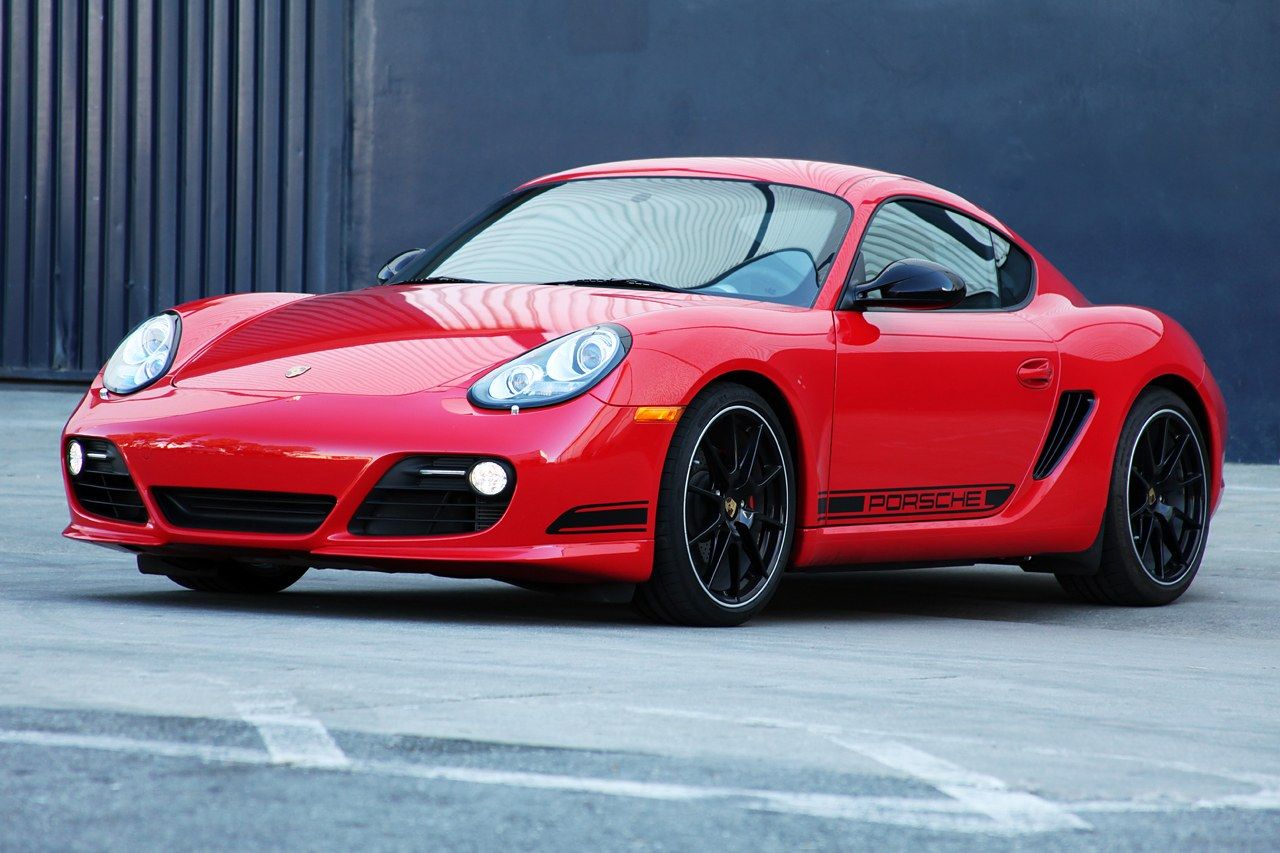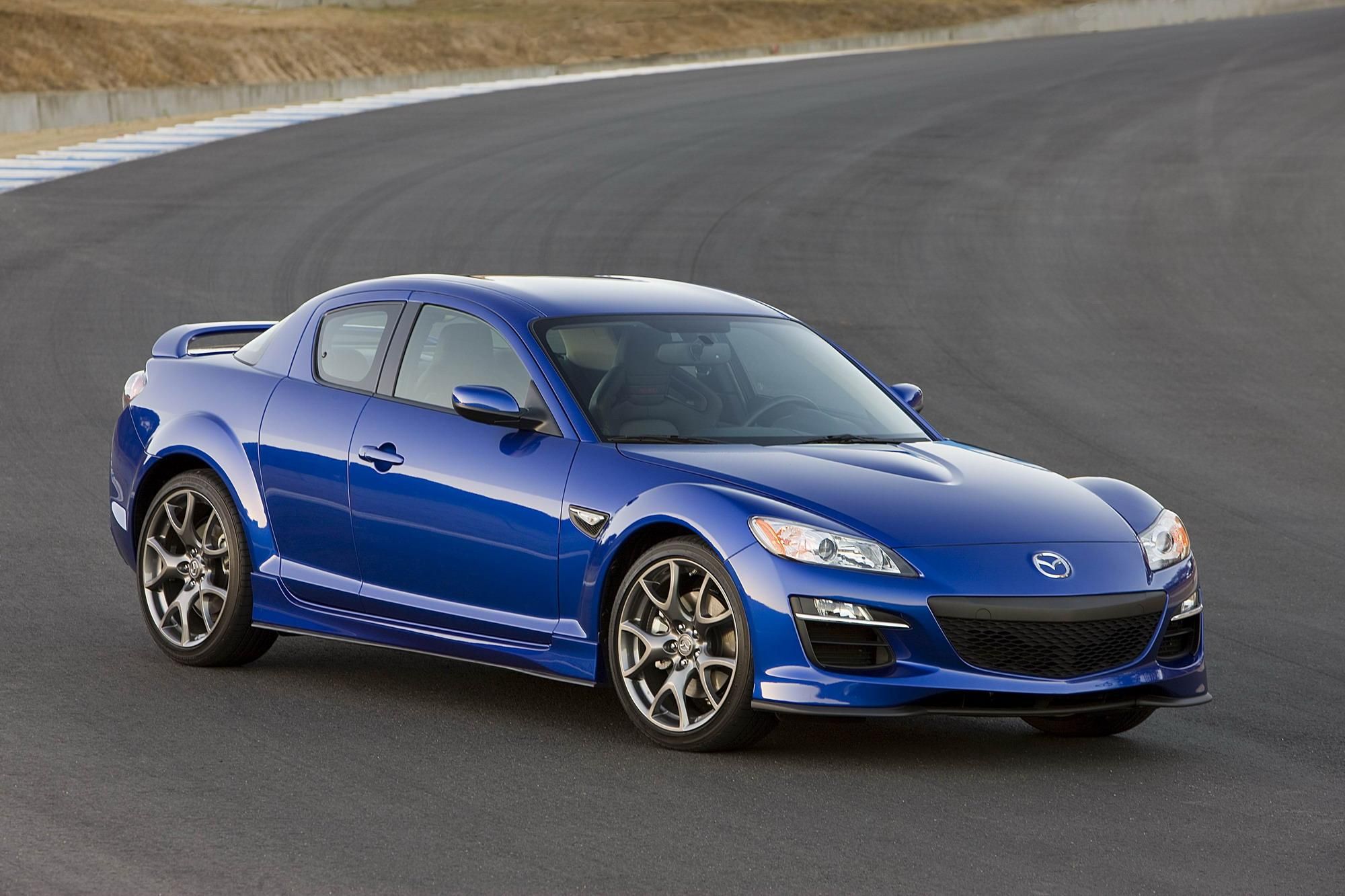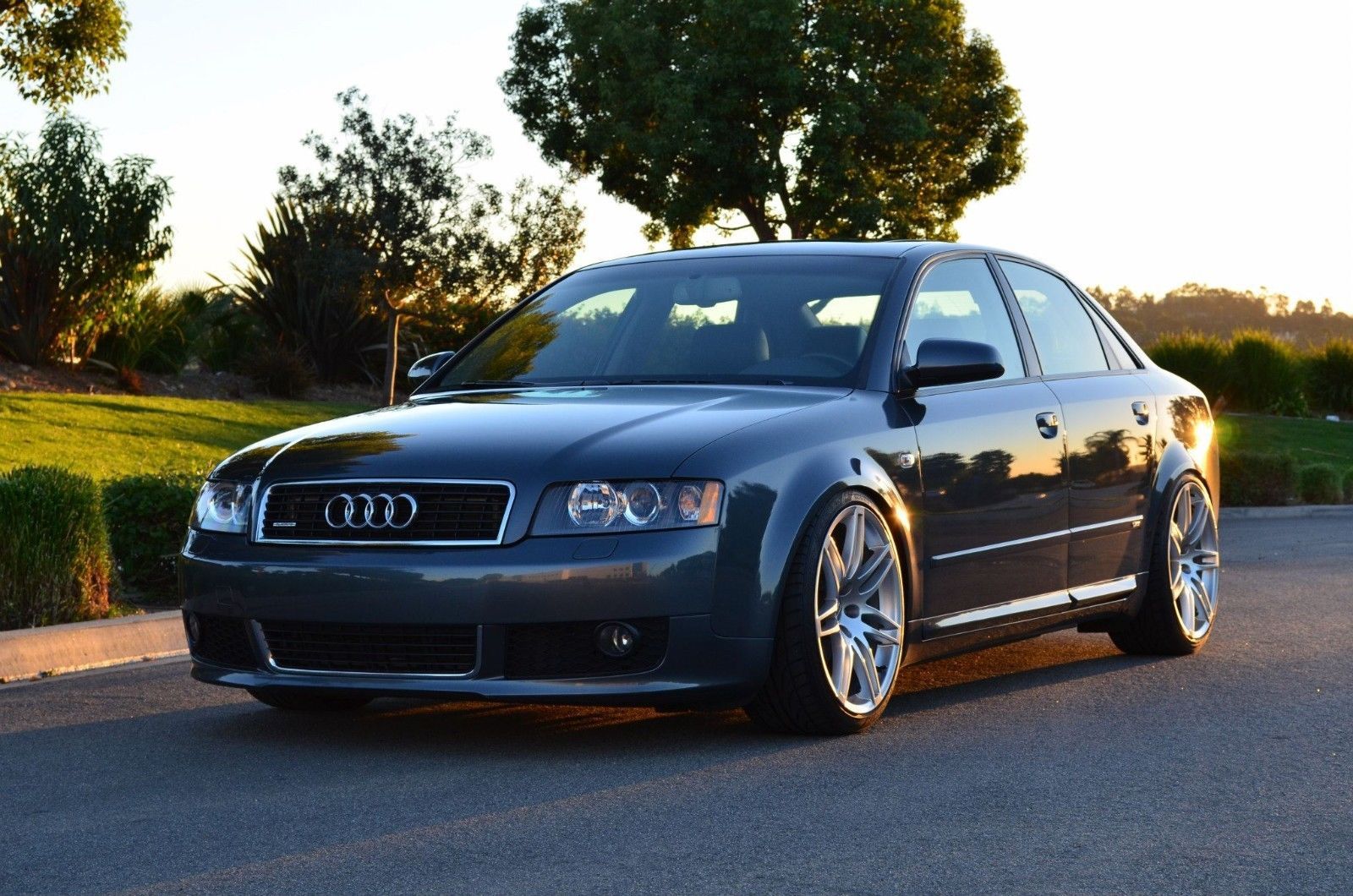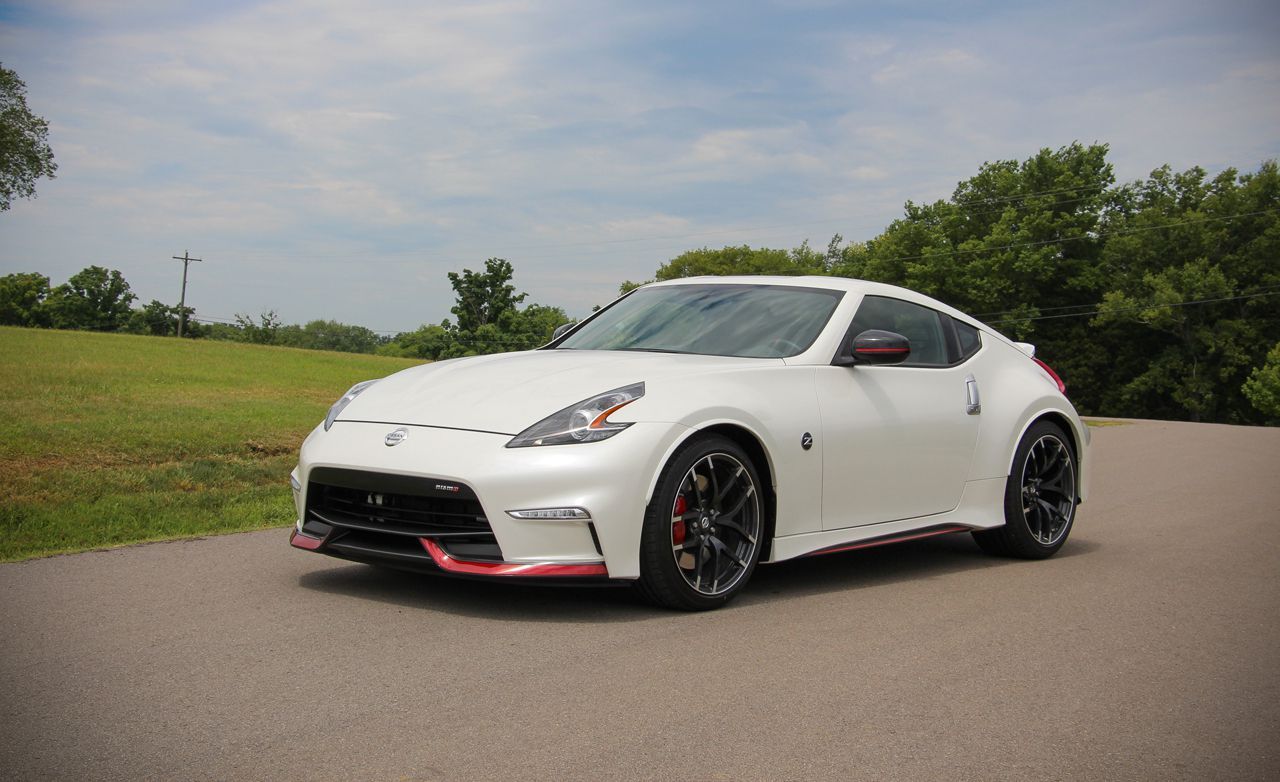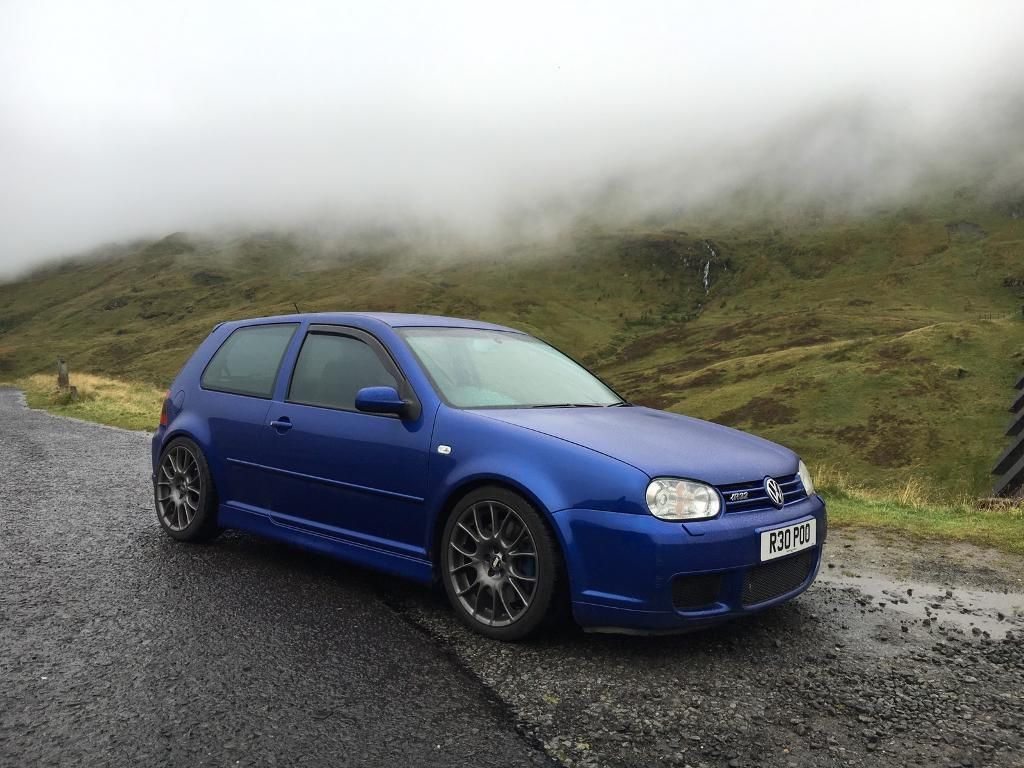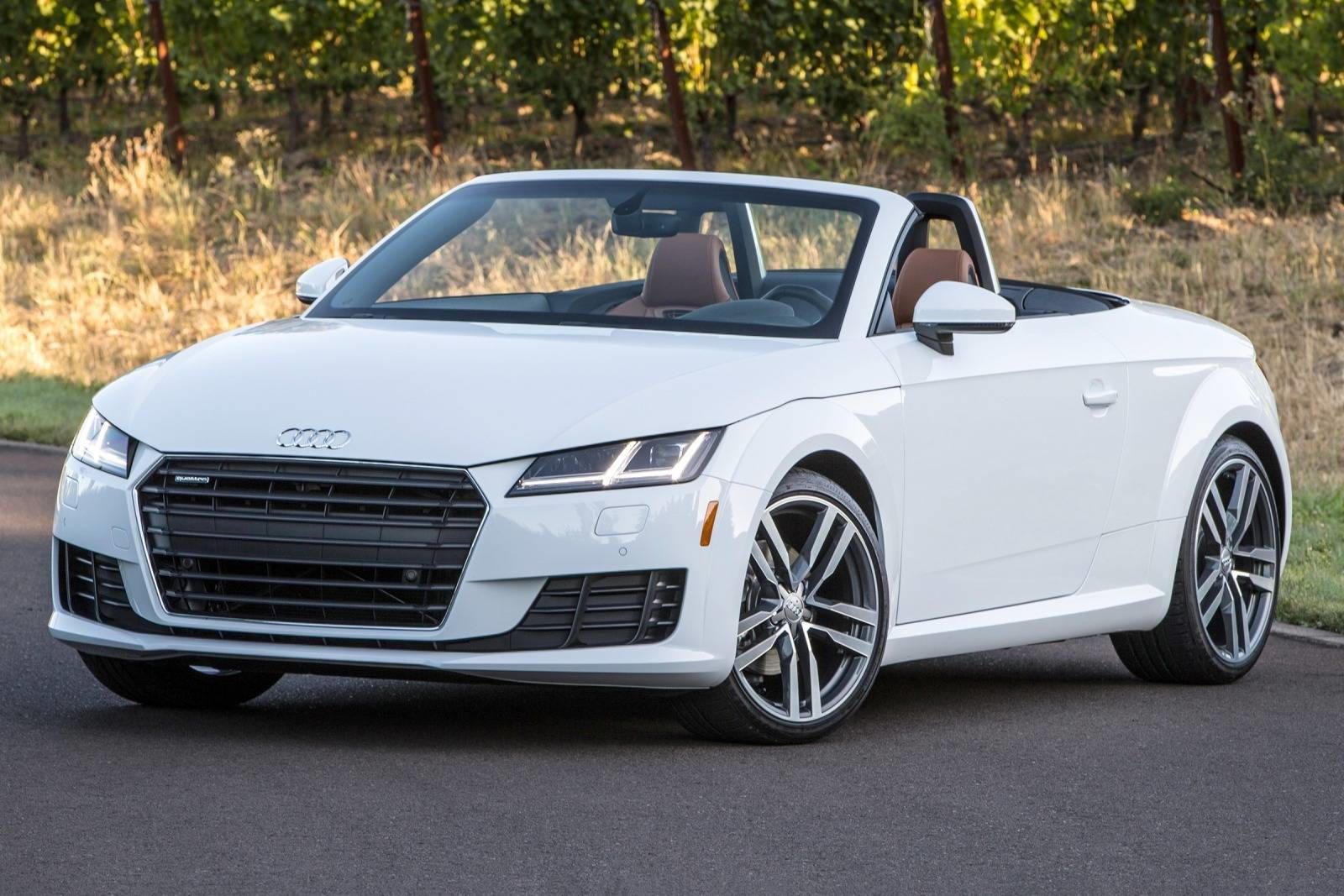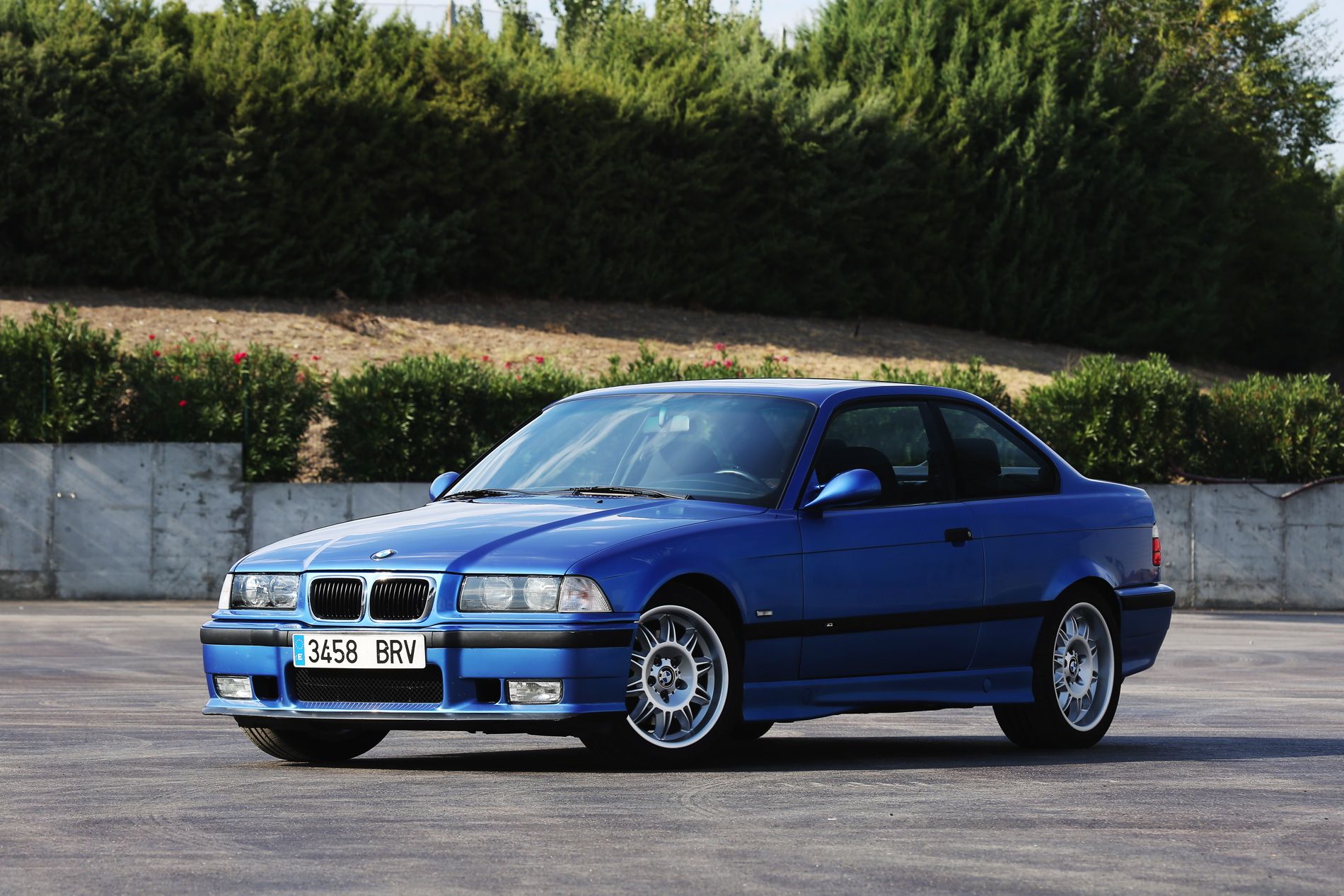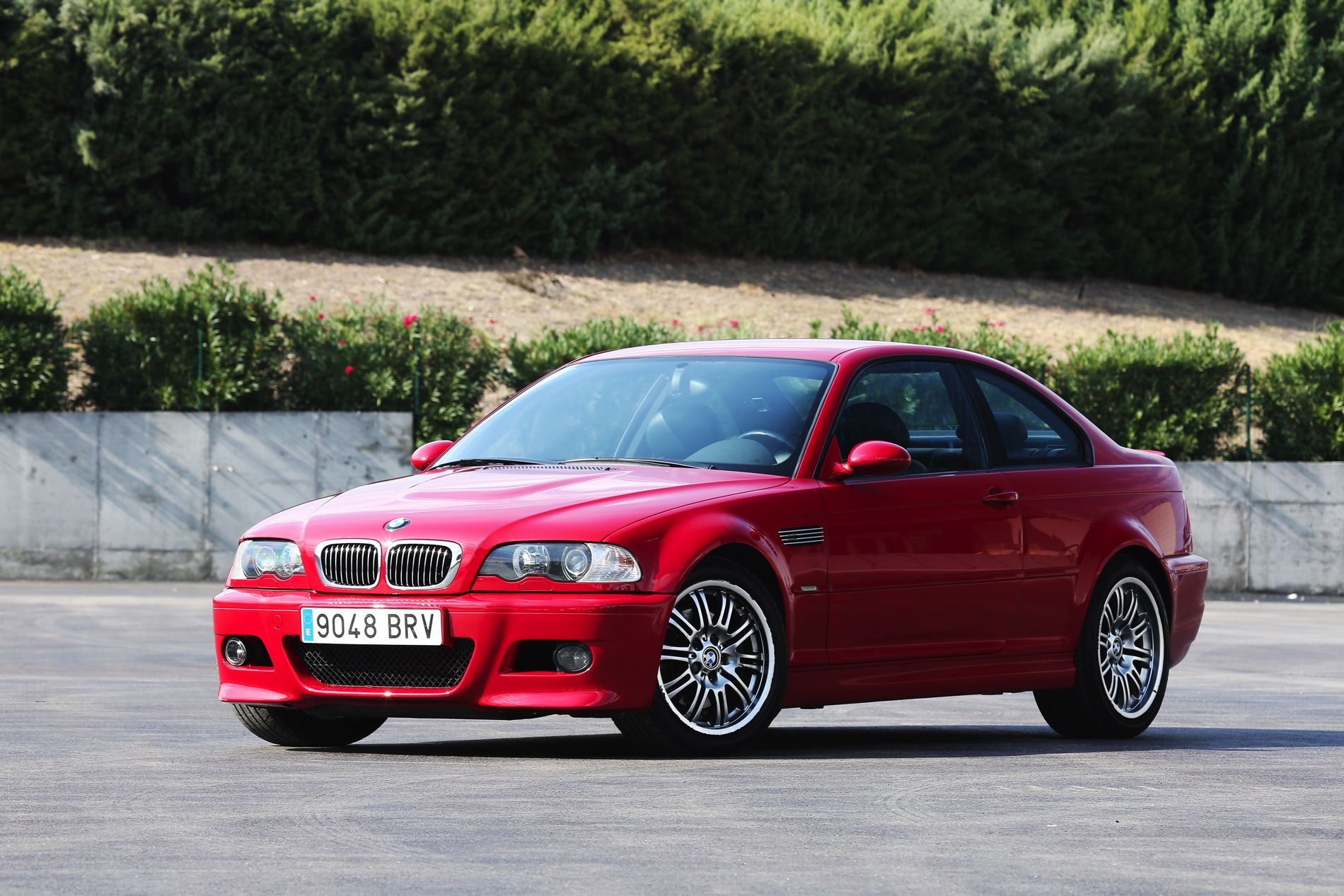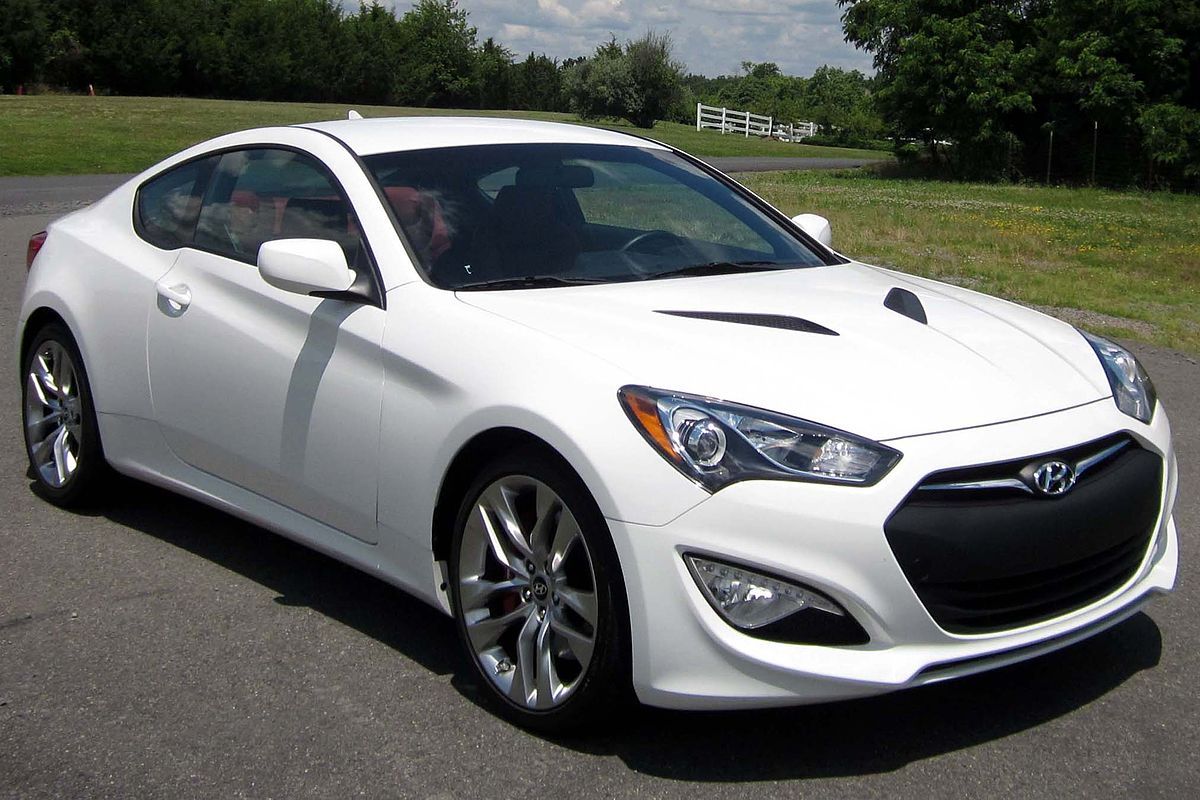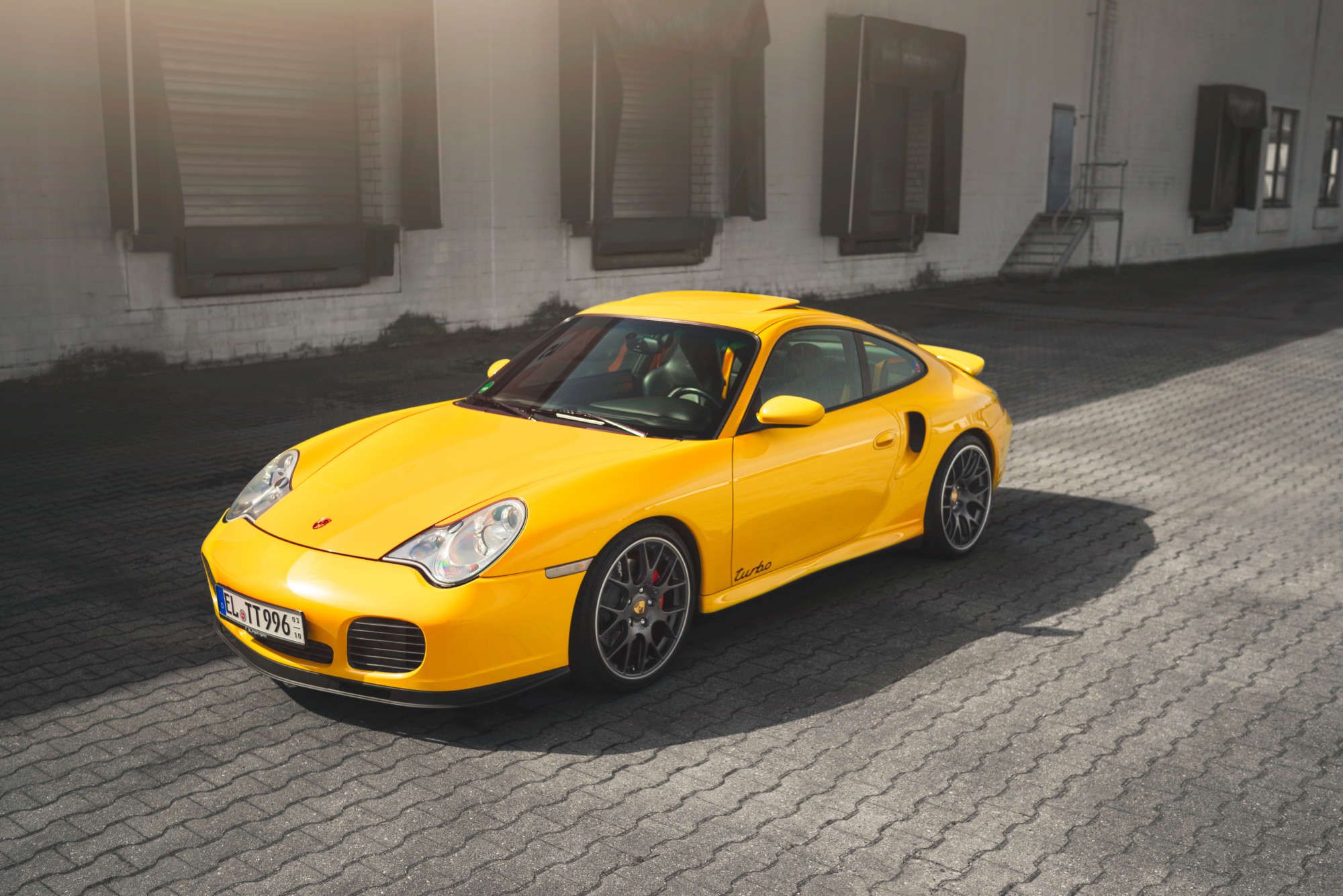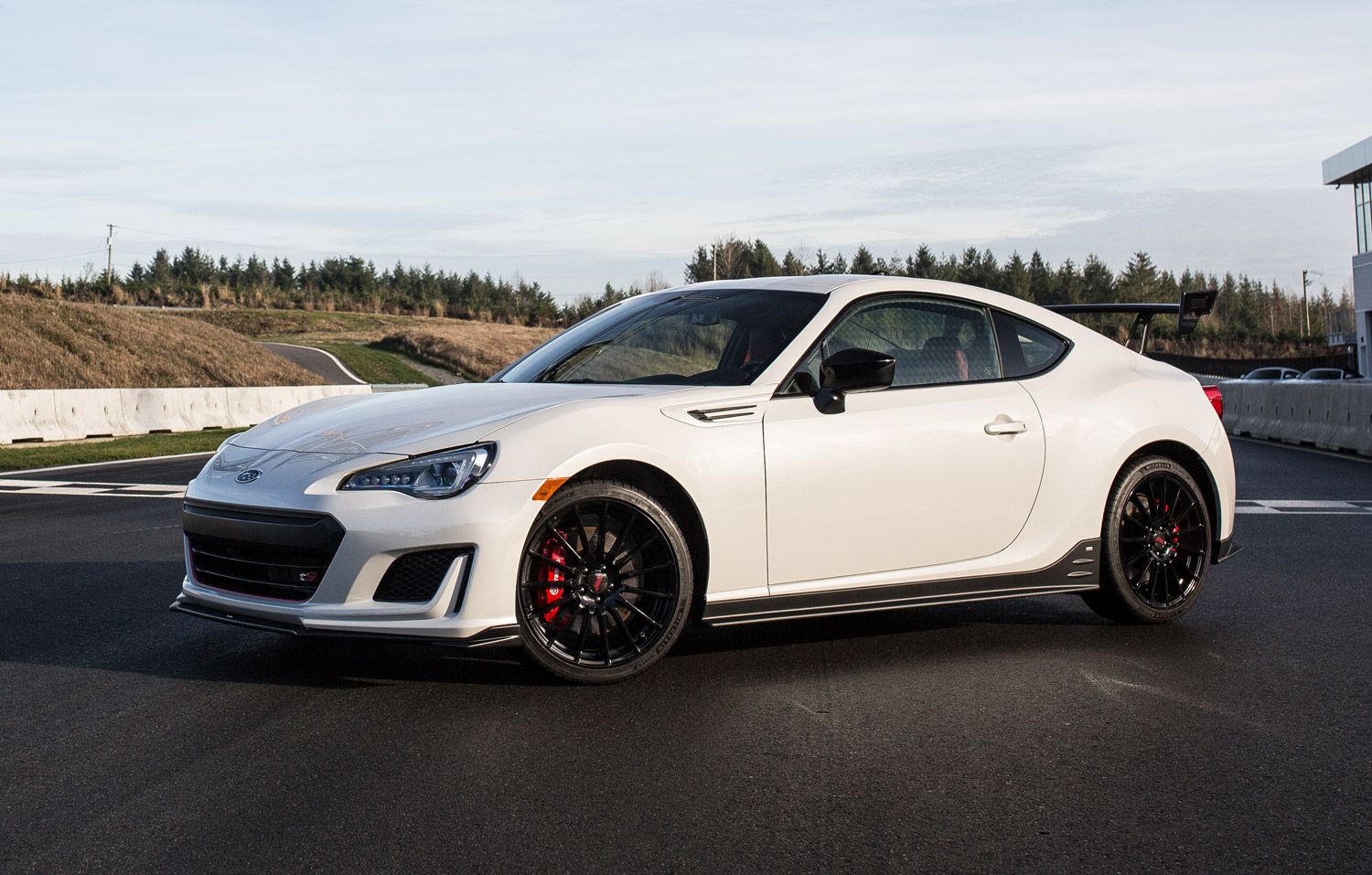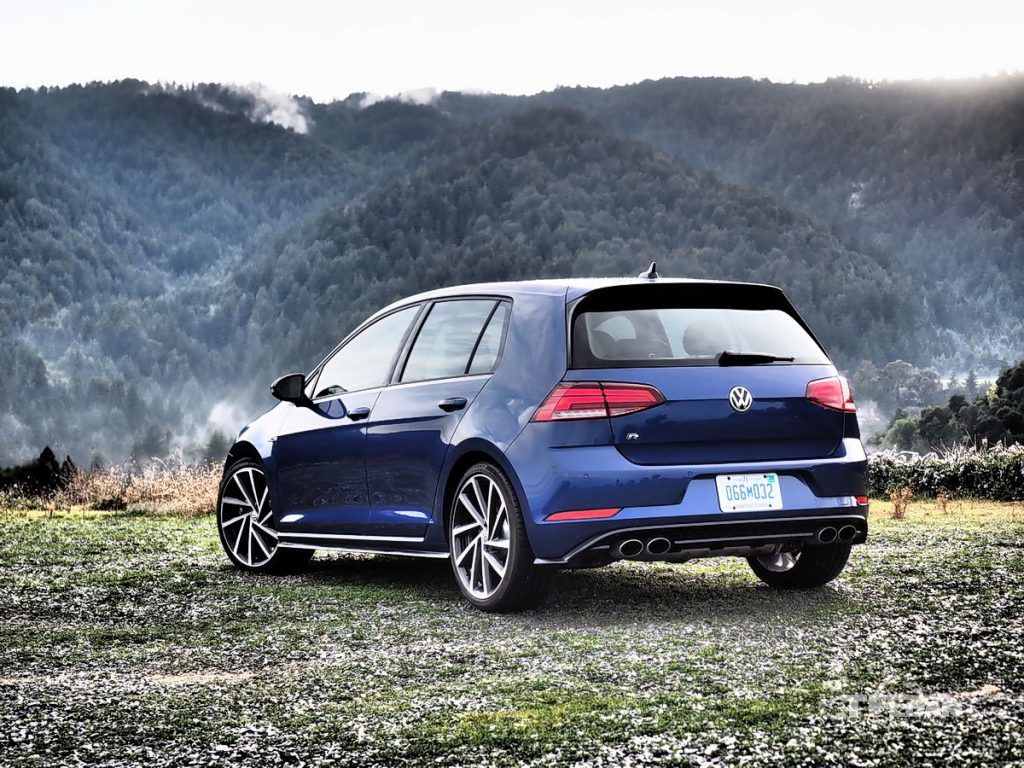Anyone who truly loves cars must truly love sports cars as well, at least some point in their life. Whether used or new, sports cars offer freedom and handling and performance that other cars simply can’t offer. There’s a constant give and take that sports cars share, between performance, efficiency, affordability, and quality. When all four of those boxes are checked, you have a winner.
Companies have evolved to create faster and better and more reliable sports cars over the years. Many of these cars are more affordable and efficient than even sedans, SUVs, or mid-size cars. But that affordability and efficiency typically comes at a price: compromises. There is no other market segment that emphasizes compromises more than the sports car segment.
Engineers are always having to change designers’ exterior and interiors to improve aerodynamics or overall efficiency, or to improve performance and handling. The result might be a tighter fit for the engine, or less expensive parts connective everything together, in order to keep costs down. These sorts of compromises can be hidden or unknown at first, but they all eventually get found.
There are many, many flaws that can plague sports cars—even the best ones—which you’ll see on this list. From design flaws to electrical malfunctions, faulty manifolds or coolant lines, to weak engines and overpricing, sports cars often find themselves at the very center of automotive divisiveness. It’s all for the sake of creating an affordable product, but sometimes it would just be better to make the darn thing more expensive but more reliable, too.
Here are 25 perfectly good sports cars that were ruined by big time flaws.
25 Lotus Elise
Lotus Cars makes some of the best handling, lightest sports cars around. The Lotus Elise debuted in 1996 after the end of the famed Esprit in 2004. With its small fiberglass body and aluminum chassis, buyers were given one of the purest driving experiences around. The Elise didn’t make it to America until the second generation, unfortunately. It was powered by a 1.8-liter Toyota engine producing 120 hp, which was plenty for a car weighing under 2,000 lbs. Unfortunately, Lotus trusted their suspension geometry so much that they didn’t offer the Elise with a limited slip differential, an unforgivable lapse in an otherwise perfect car. Aftermarket options exist and an Elise SD with LSD swap is highly sought after.
24 Ferrari F355
Ferrari makes the cars that all sports car enthusiasts would like to own. The F355 was very enticing because it was significantly less expensive than most other models in the mid-1990s ($137,000), but today it’s quite an old model. That being said, this 3.5-liter V8-engined machine was capable of 183 mph from just 375 horsepower. Its problems were numerous, however, which maybe factored into its cheap price. First, it was prone to valve guide failure. It was also prone to manifold failure, and required a regular belt change. On average, the F355 could require $50,000 in maintenance, which doesn’t make this such an inexpensive Ferrari after all.
23 BMW M Coupe
The BMW M Coupe hatchback and its Z3 cousin enjoyed widespread success and popularity due to the Z3’s role in the James Bond film, Goldeneye. The M Coupe’s shape was a bit divisive among consumers, and it’s affectionately known today as the “clownshoe.” During its three-year run, the M Coupe was given a powerful S54 engine, upgraded suspension, and upgraded exhaust. Unfortunately, the M Coupe suffered from a major engineering flaw that resulted in a tendency for the rear subframe to tear away from the floor of the trunk. This major issue was fixed over the years, but the damage separating the rear differential mount from the body of the car cost many consumers thousands of dollars in fix-it costs.
22 Porsche 996 Carrera 4S
At around the same time BMW released the M Coupe, Porsche unveiled their first water-cooled rear engine model, surprising the world. Purists were terrified, but the 996 generation of Porsche proved to be a solid successor to the air-cooled engine models, offering a variety of powerful engines, drivetrains, and body types. However, Porsche made some critical errors with their design. The most famous issue was the IMS bearing issue featured in the Boxster, multiple 911 models, and the Carrera S4. The IMS bearing issue could lead to total engine failure. Porsche tried to introduce a new IM bearing design, but it was even worse. Several aftermarket preventative options exist, but the cheapest is $2,000.
21 Nissan GT-R
One of the most impressive and distinctive supercars on the road today is the Nissan GT-R, which follows a long line of powerful Skyline sports cars since 1969. The R34 GT-R, considered the ultimate Skyline model, was introduced in the fifth generation and was immortalized in 2 Fast 2 Furious. It featured all-wheel drive, twin-turbo, and highly advanced components built from carbon fiber. However, the new model was released with only a six-speed automatic transmission, and Nissan didn’t make a manual transmission that could handle the GT-R’s 434 lb-ft of torque. Even though the car can sprint from 0-60 in 2.7 seconds, owners don’t get that feel of manually shifting to do it.
20 Subaru WRX STI
Subaru finally shipped the WRX and WRX STI to the states in the 2000s, and America rejoiced. Rally enthusiasts jumped at the opportunity to drive turbocharged versions of the Impreza that had been withheld from them for almost a decade. The STI debuted in 2004, featuring a 2.5-liter boxer-four engine and a big turbo supplement. That combined with its all-wheel drive made it one of the fastest sedans on the market. But one failed aspect that carried over from the Imprezas of the ‘90s was the STI’s propensity to blow head gaskets on a consistent basis. Their EJ engines needed constant rebuilding, and the cost for frequent rebuilds is just something STI owners have to accept.
19 Acura NSX
In the 1990s, imports from Japan had reached their peak success. One of the most desired imports was the Acura NSX, built to compete with Ferrari. This supercar utilized a mid-mounted V6, futuristic design and technology, all combined with Honda reliability and a price that was a fifth of a Ferraris. A well maintained first-generation NSX can rack up hundreds of thousands of miles and work fine. The main issue with the NSX was the off-putting targa design—first only an option—which reduced chassis rigidity and handling. It also had the cheapest sound system available. Even the coupe with custom stereo and speakers had minimal headroom thanks to the NSX’s low profile (it is the second-lowest mass-produced car in the US after the Ford GT).
18 Bugatti Veyron
The supercar to end all supercar debates: the Bugatti Veyron. What can be said about this car that hasn’t been said already? Whether it’s the sci-fi-esque quad-turbocharged W16 engine, its 1,000-plus horsepower, its land speed records, its 0-60 time of 2.5 seconds, its price tag well over $1 million… this car has done it all. But the Veyron does have its flaws. For one, its 4,000 lbs weight is an issue, especially when compared to cars from competitors like Koenigsegg, Pagani, and Hennessey. The other is this: only special Michelin PAX run-flat tires can handle the speed and power of this car, and each tire runs around $25,000! MPG is terrible (7 in city, 15 on highway), and the Veyron can empty its 26-gallon fuel tank in just 12 minutes.
17 Porsche Cayman
The Porsche Cayman was a return to the round headlights, after the 996 generation. The new lineup featured a new IMS bearing that could not be removed, and a more reliable fix was permanent. The problem with the Cayman was that Porsche decided to keep its options low to differentiate it from the more expensive 911 coupe. Though the design was different, Porsche wanted to be able to justify the significantly higher price of the 911. So, the Cayman came without a limited slip differential. It was a mid-engined car that is heavily debated against its rear-engined cousins. To their credit, Porsche did eventually offer an LSD for the Cayman in model year 2009.
16 Mazda RX-8
The Mazda RX-8 was introduced in 2003 to reintroduce fans to Mazda’s signature rotary engine. Unfortunately, it replaced the incredibly popular RX-7, and could never quite live up to the hype. But that’s not where the RX-8’s problems came into view. It was still backed by 200 horsepower from its 1.3-liter engine, and that gave enthusiasts a smile. But the RX-8 burned fuel and oil excessively. Also, it required a lot of attention to maintain to keep it in performance shape. It had combustion problems which were an issue when starting up in cold conditions. 2004 and 2005 model years are most affected by these problems, so avoid those years.
15 Audi B6 S4
The Audi B6 S4 was the company’s follow-up to their popular twin-turbo B5 S4, in 2003. The new car featured a naturally aspirated V8 that cranked out 339 horsepower and 302 lb-ft of torque, all through a six-speed manual transmission and Audi’s famous Quattro all-wheel drive. It came as a station wagon, or Avant, making it quite unique. But it had a major flaw: to combat the highly criticized timing belt issues of earlier cars, Audi used a timing chain on the new S4. But it was held together by plastic chain tensioners and cam adjusters, which wore out quickly and required expensive servicing—so much so that the entire engine had to be removed to fix the problem, which could lead overall service costs upwards of $8,000.
14 Nissan 370Z
The Nissan 370Z, which succeeded the crazy-popular 350Z, was a huge disappointment for fans. The major problem with the 370Z was that it had faulty steering that could sometimes lock and leave you stranded or in an accident. There were also some issues with the ignition where the car might fail to start. Nissan ended up recalling most of the failed products, but many of them may still be on the market. It’s important to determine if the car you intend to purchase is on their recall list, no matter what year model it may be. Otherwise, be safe and go for a model year 2012 or newer, which should be free from these multiple defects.
13 Volkswagen Golf R32
The Volkswagen Golf R32 was a utilitarian hatchback with upgraded Recaro seats and a nice exhaust setup that allowed the car to roar past 3,500 RPM. However, it had its fair share of issues. The main complaint for the R32 surrounded its weight distribution. With a VR6 engine mounted ahead of the front axle, understeer naturally occurred. The heavy nose combined with Haldex-based all-wheel drive (called 4Motion) that balanced more power toward the front axle. The R32 had great traction around tight corners, but pushed past its limits it struggled to compensate and can become unnatural in its handling. A $200 upgraded rear sway bar was the quickest, cheapest fix. However, the best solution is a $2,000 substitution of a track-oriented Haldex unit that preferred to route more power to the rear axle.
12 Audi TT Roadster
The Audi TT Roadster was a close relative to the Volkswagen Golf R32. When the TT was debuted in 1995, it very hard to believe that such a unique design would ever make it to production. Offered as a roadster and a coupe, the little car came with a variety of drivetrain options over its eight-year production run. But problems struck the TT immediately, leading to repairs more costly than any on the Golf R32. A series of high speed crashes received heavy coverage in Europe. The TT’s rear suspension caused the car to lose traction at high speeds, like those common on the autobahn, resulting in an eventual recall that replaced a rose joint and added the rear spoiler. The instrument clusters were also known to lose pixels, while airbag control often failed due to freezing temperatures.
11 BMW E36 M3
In the 1990s, BMWs were definitely the ultimate driving machine, as the company claimed. After the success of the first E30 M3, the E36 debuted in 1993 to universal acclaim. It was simply designed, with a comfortable interior, and checked all the boxes for a luxury sports car. It also came in coupe, convertible, and sedan. Its inline-six engine cranked out 240 hp, and it had a smooth power band thanks to Vanos engine timing. Unfortunately, as the E36 was pushed to its limits, owners realized the coolant system was constructed of fragile plastic that grew brittle with heat exposure over time. A low-mileage E36 coupe these days will require a full coolant system refresh before being considered reliable.
10 BMW E46 M3
The E46 M3 replaced the E36 in the new millennium, and it once again was loved by all. It had a more aggressive stance, a growling exhaust, and an upgraded S54 inline-six engine. It wasn’t offered in sedan form (only coupe and convertible). But that’s not where the big problem lies. The E46’s flaws were numerous: it had the same coolant system flaw of the E36. But more importantly, the S54 engine’s connecting rod design led to a class action lawsuit. BMW called the “problem as a contamination of the engine lubrication system during assembly in combination with unfavorable tolerances in the engine oil pump for the M3 coupe/convertible.” Cars from October 2001 to February 2002 require engine oil pump replacements and connecting rod bearing replacements.
9 Hyundai Genesis Coupe
Hyundais are generally good and reliable cars, and their size in comparison to other cars in the market make them ideal for many people. However, the Hyundai Genesis Coupe was found to be lacking what many people require most in a sports car: reliability. Its engine gave it sufficient power, but the reliability of the engine was questionable. Despite its 250- to 300-hp V6 engines, the Genesis’ performance was also quite a bit lower than other Hyundais, especially the coupe model. If you really must own a Hyundai Genesis, be sure to opt for the sedan instead of the coupe.
8 Porsche 996 Turbo
Not all 996-era Porsches suffered from the IMS bearing defect. The highest end Turbo, GT2, and GT3 all featured a flat-six Mezger engine that didn’t utilize the design that plagued the rest of the lineup. With a price triple that of the Boxster, buyers expected their cars to be trouble free. Unfortunately, that was not the case. The Mezger engine had its own problems, namely its coolant lines and where they attached to the engine. The coolant lines have been known to pop off pretty consistently, leading to dangerous situations when racers encounter wet patches on the track. Many tracks will require Mezger-engined Porsches to have their coolant lines pinned or welded to the engine, a process that requires dropping the entire drivetrain.
7 Subaru BRZ
The BRZ was an effort by Subaru to deviate from their rally-bred tradition by teaming up with Toyota. The car was also called the Toyota 86 and Scion FR-S depending on location and model year. The rear-wheel drive on the BRZ was new for Subaru, especially for US buyers who were used to Subaru always having all-wheel drive vehicles. The BRZ was intended to focus more on handling than power, due to its lightweight. And with its normally aspirated boxer-four engine, it was quite a bit weaker than former Subaru cars, making the BRZ trapped in an awkward middle zone without much power unless equipped with a turbocharger or supercharger.
6 Volkswagen Golf R
The successor to the VW R32 was the Golf R, though the newest generation is closer to a standard GTI than an R32. It still has its Haldex-based all-wheel drive, though in a more neutral form. VW engineers also improved on the nose-heavy bias this time around, in an otherwise unchanged body shape from the GTI. What sets the R apart from the GTI and R32 is that it doesn’t feel or look as well on the inside or outside to justify the $40,000-plus price tag suggested. The warranty coverage was increased to match their high-end offering, but at the cost of two well-maintained R32s, which is a bit ridiculous and makes it a hard sell.


